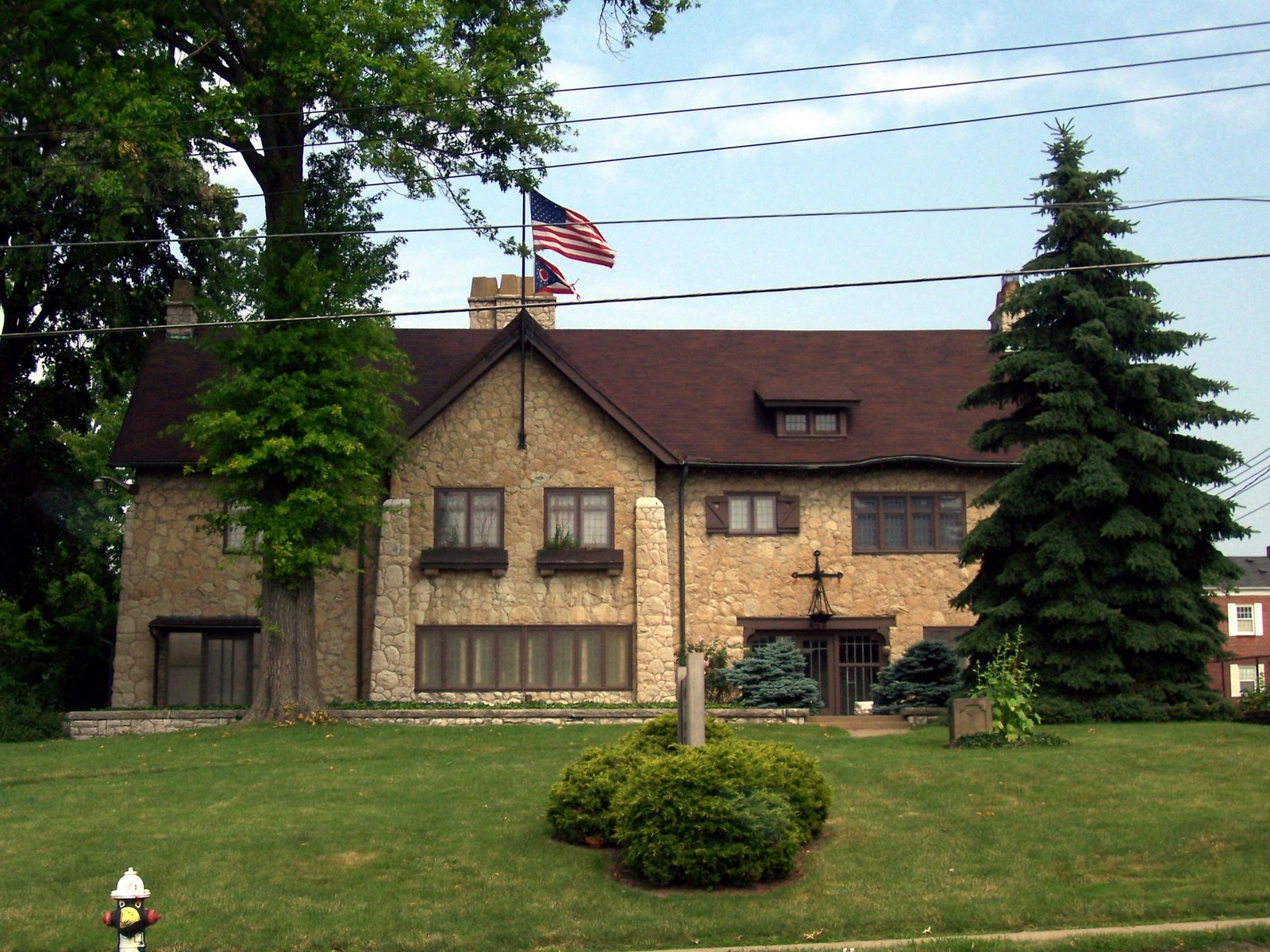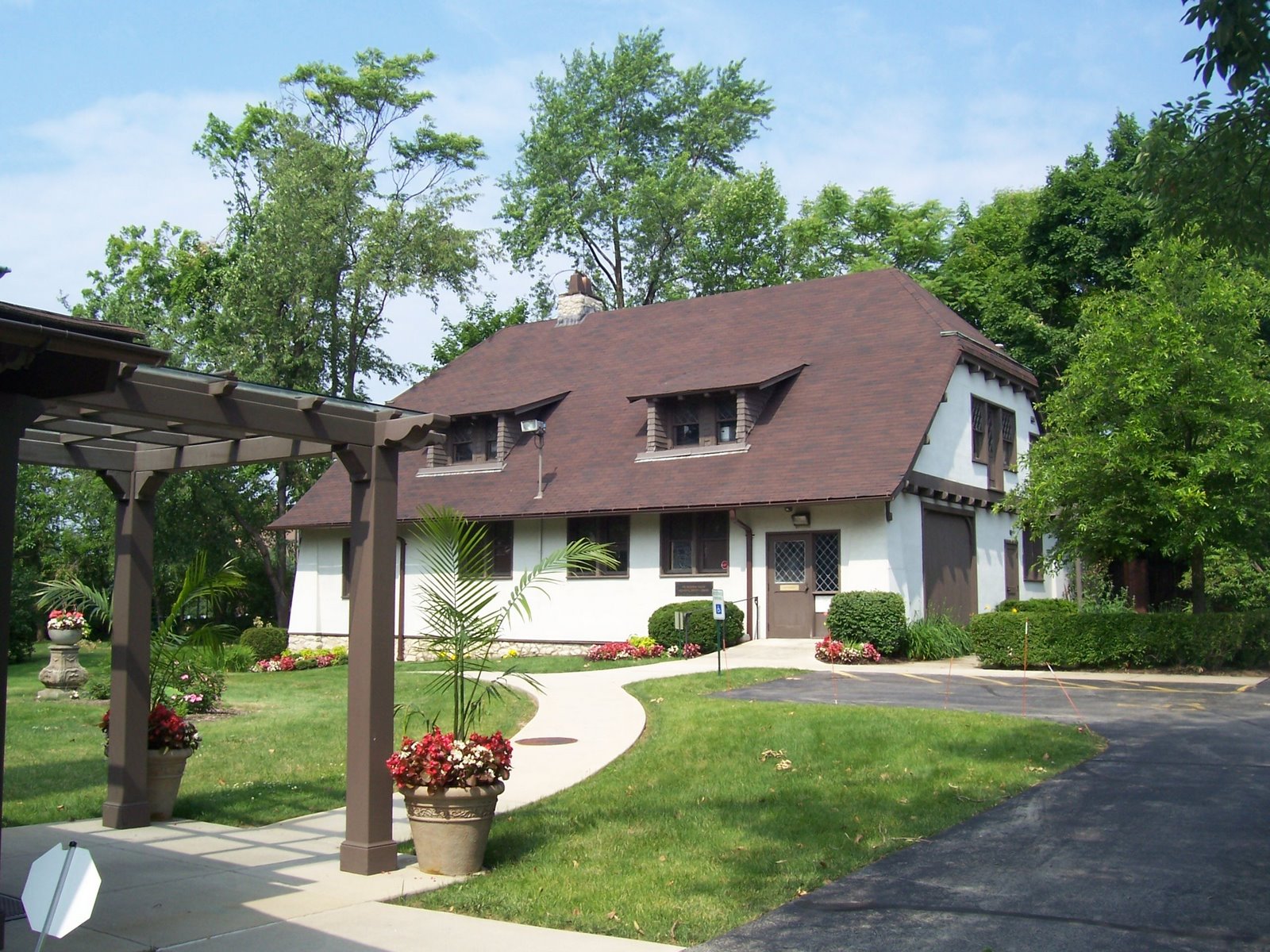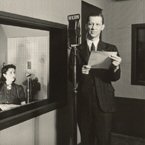 In Search of Polly Potter
In Search of Polly PotterThis is the story of a search for a woman who was born over 200 years ago; a woman whose early influence helped shape the character of a famous man; a woman who brought culture and an appreciation for learning to a burgeoning Ohio community. It is the story of Polly Potter.
We know what she looked like from her portrait at the Western Reserve Historical Society – beautiful, huge-eyed, intense, with the storybook handspan waist. But because women of the 18th and 19th centuries were identified solely in terms of their relationships to men, they cannot be distinguished from one another by their tastes, their talents, their opinions or their activities outside the home. This makes it difficult to form a clear picture of an individual woman – to bring the hazy feminine silhouette into sharp focus.
Polly, or Mary Potter (Polly being a common nickname for Mary) was born in Wallingford, Connecticut in 1772, the second daughter of Dr. Jared Potter and Sarah Forbes Potter. That same year Dr. Potter had moved his family to Wallingford from New Haven believing that the seaport town was too exposed to withstand the storms of a war he believed to be imminent.
Dr. Potter was something of a character. An early opponent of slavery, his adversaries often charged him with being an infidel and a skeptic. His medical treatment was revolutionary for the time. He was a great believer in diet and regimen in the treating of chronic disease. Potter’s Powder was famous as a gastric remedy, consisting of chalk, ammonium carbonate, camphor and charcoal. This differed widely from the conventional purging and bleeding. His library was one of the most extensive in the state.
He was a speculating theologian in a time when religion was sacrosanct, and his speculations were thought to be of an “infidel character.” It is said that his pupils, although well versed in medical studies, generally left Dr. Potter’s office with “minds tinged with skeptical notions.” In 1803, when a fatal epidemic of dysentery was sweeping the Housatonic Valley, the leading citizens of the town of Huntington sent a messenger to Dr. Potter desiring his assistance, but tactfully suggesting that his heretical opinions not be “scattered about with his prescriptions.”
He had a great love of the natural world, and he purchased a farm of 50 acres about half a mile south of the village center where, along with fruits and flowers, he also cultivated silkworms. Dr. Potter’s character is important in understanding Polly. Lacking a son, it is probable that he imparted at least some of his knowledge, his liberalism and his appreciation of nature to his daughters. Certainly he must have had an enormous influence on them and their opinions and beliefs, and while little is known of Polly’s childhood and formal education, it is almost certain that her mind had been broadened beyond the provincial and that this breadth of outlook was never to leave her.
In 1790 Polly’s sister, Sarah, married Billius Kirtland, a young doctor at Wallingford who had been a pupil of her father’s and it was through this connection that Polly probably made the acquaintance of her future husband, Turhand Kirtland, brother to Bilius. The Kirtlands (or Kyrtlands) were one of the oldest New England families, the first of them having come to Massachusetts in 1635. Turhand was a major stockholder in the Connecticut Land Company, a widower, seventeen years Polly’s senior, a successful businessman, a builder of wagons and stage coaches.
Read More!






No comments:
Post a Comment